Bars open and close every month in San José. The fact that a downtown bar known as El Steinvorth is closing its doors might not, at first glance, seem like an unusual piece of news. However, according to some of San José’s keenest cultural observers, this was more than just a place to listen to music over a beer: it was also a catalyst for a larger cultural movement that will continue in San José long after it serves its last drink.
El Steinvorth publicly announced on Monday Nov. 23 in its social media that the bar was closing for good. “El Steinvorth was created out of the need of having an alternative space in San José,” the statement said. “We feel it has accomplished its objective and consolidated a generation of young people committed to regenerating the San José scene.”
El Steinvorth’s owner, the 32 year-old architect Julián Mora, ventured six years ago into what would be one of his most ambitious life projects. The bar is located in the historic Steinvorth building at the heart of San José, where Calle 1 meets Central Avenue. Mora decided to take on the massive challenge of restoring the building: an arduous process, yet a successful one that also resulted in the creation of the eponymous bar. Characterized by its distinct approach towards the idea of retrieving San José’s forgotten glory through a distinct sociocultural stance, El Steinvorth Bar opened in 2009.
See also: El Steinvorth, an architectural beauty in the heart of the city

“At the beginning, the space was not planned as a bar,” Mora recalled recently. “The project consisted of appropriating the space and restoring it because we saw a great potential in it. In mid-restoration, we ran out of money and organized several informal parties with our friends and their friends. We then found ourselves with a space that was alive and full of people celebrating a new gathering point.
“Afterwards, we decided to develop the space into something a bit more formal. However, it was not the conventional business bar model. We were carrying out projects that we thought were cool, art exhibitions, concerts, and thematic parties. After several occasional events, it became a café-bar in which you could enjoy the evening along with good music, beverages and food,” he added.
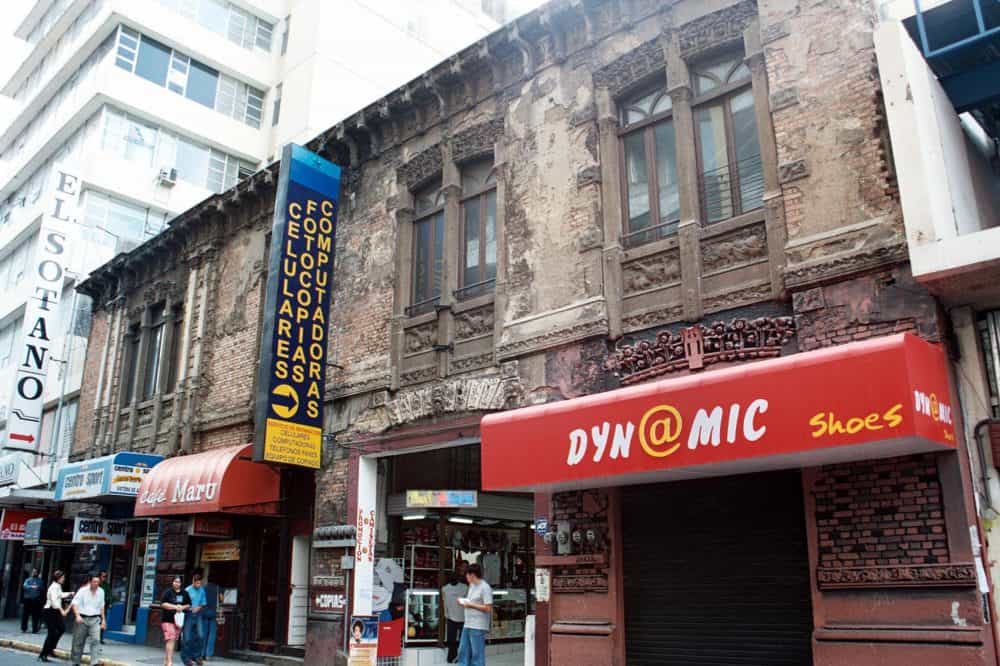
However, El Steinvorth was part of a much bigger and more ambitious life goal for Mora: the effort to repopulate downtown San José.
“The idea is to [show] that these types of developments are profitable, feasible and necessary in the city,” Mora said.
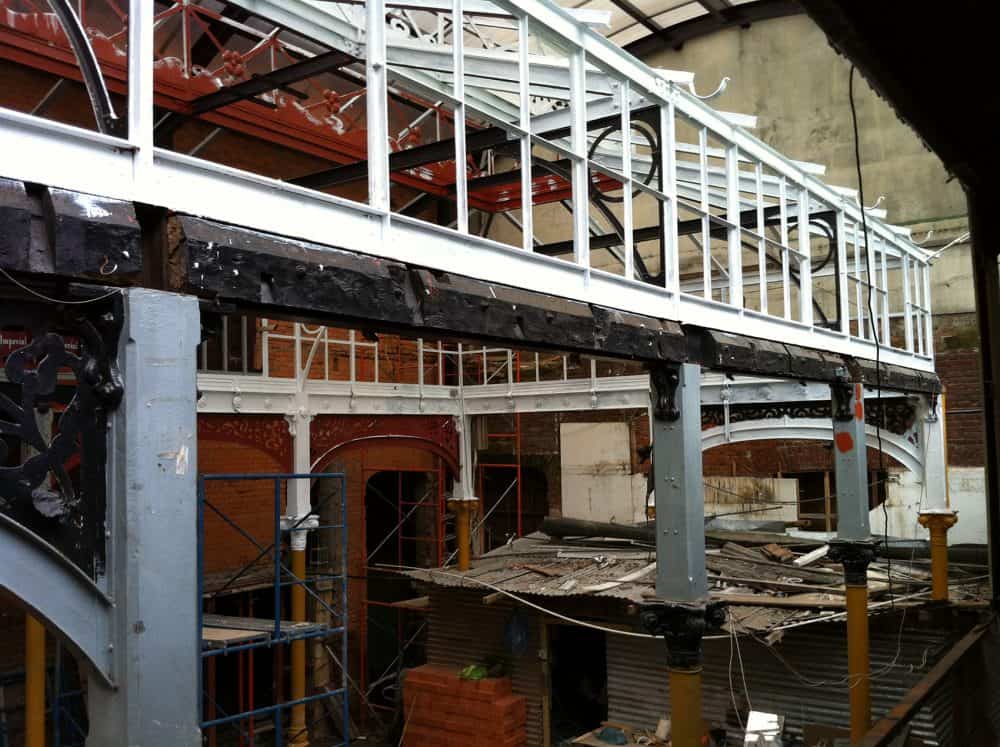
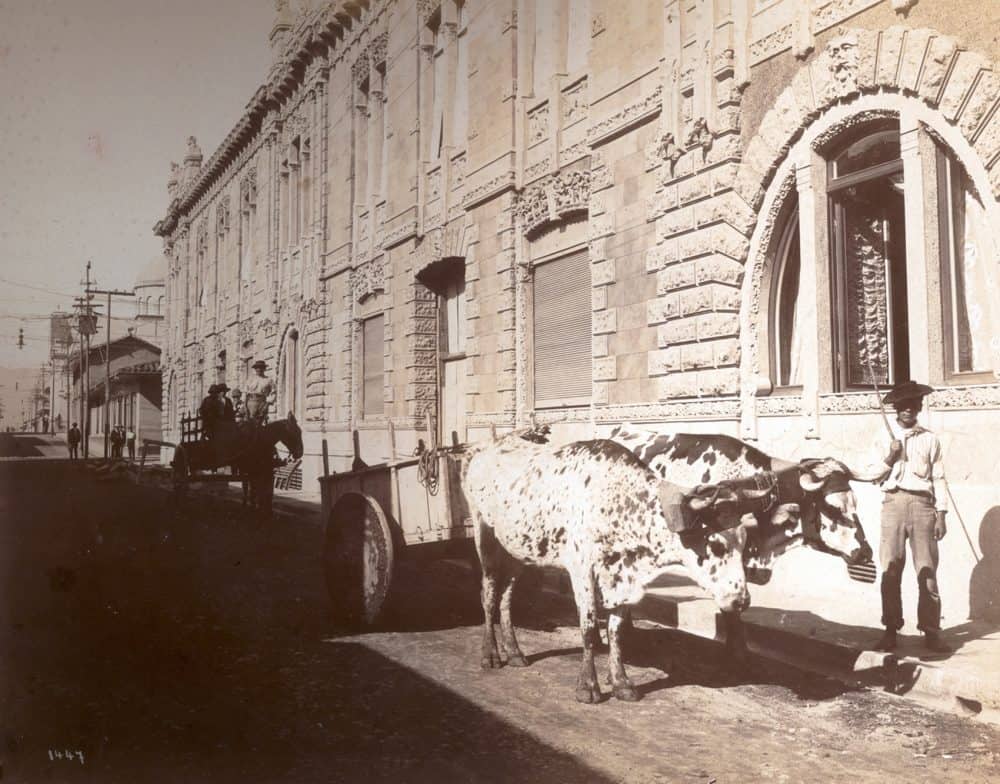
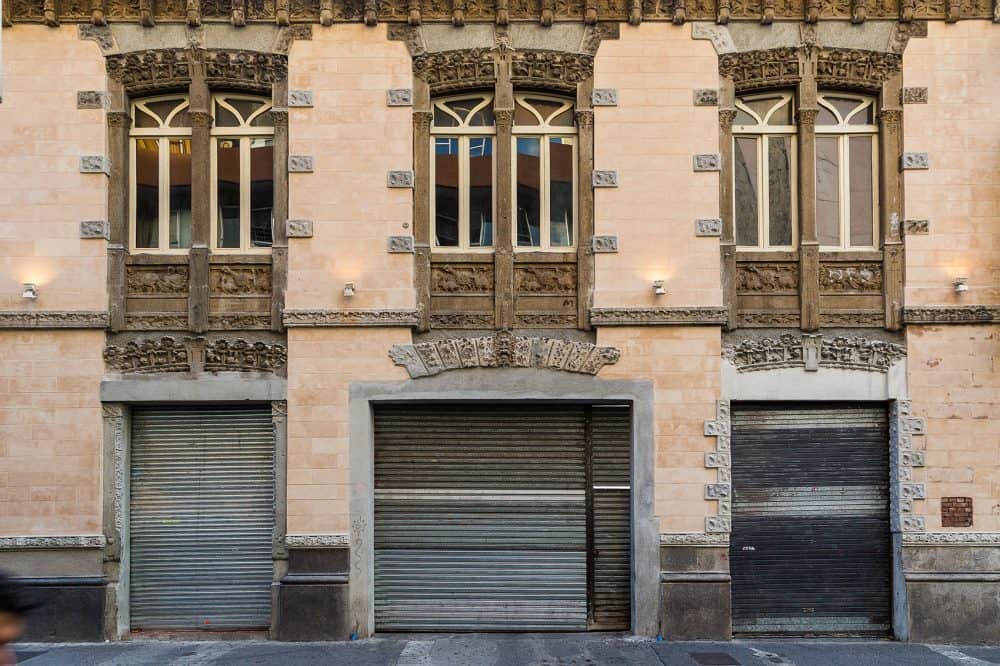
“From the 1980s onward, the migration toward the city’s periphery started taking place,” said Fo León, 38, the creator and director of Perra Pop, a project that focuses on spreading the word about Costa Rica’s rock history through concerts, radio programs and publications. “At the beginning of the 1990s, bars with an artistic cultural profile end up disappearing as San José’s population moved away. The few places that were art bars either disappeared or mutated into restaurants such as Café Mundo. People began deserting San José, and it automatically became more dangerous because of the lack of houses and businesses.”
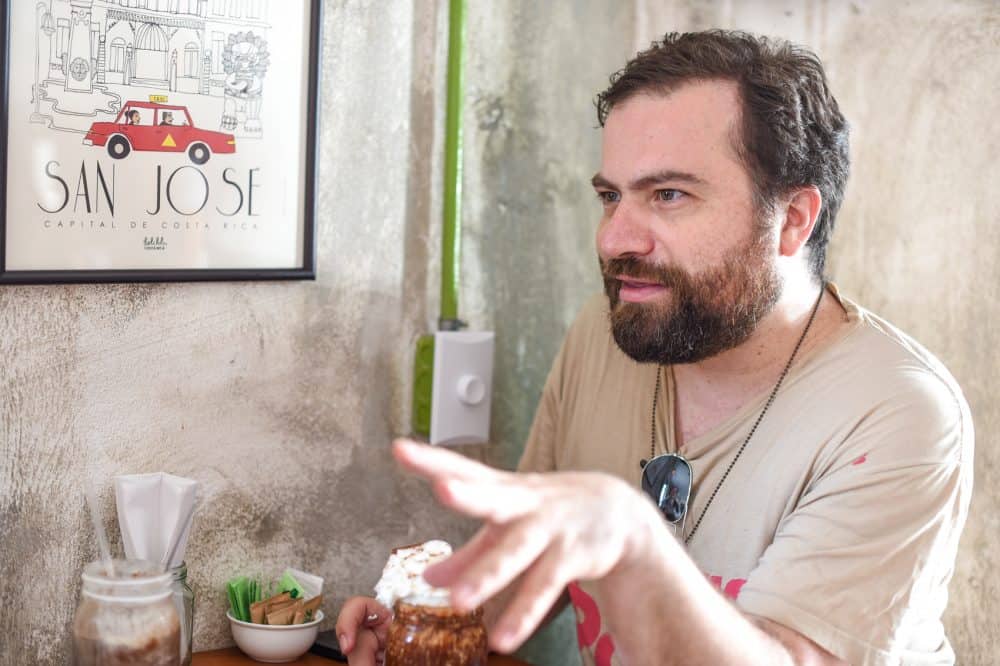
León is also the music department coordinator at Revista Vacío, and worked as columnist, band manager, and events promoter. He has been very involved with San José’s bars and has noticed an impressive change around the city due to an emblematic bar such as El Steinvorth.
He explained that initial “desperate intents to repopulate the capital did not succeed because there was not a place that was made by young people for young people. That’s when, suddenly, El Steinvorth appeared and created a generational takeover. These people are starting their professional careers and have a lot of ideas. When claiming that space, they’re not only retrieving the architectural part, but also the movement toward San José. The city’s space is revalued, and it’s reflection of what various people have seen in cities such as Buenos Aires and New York.”
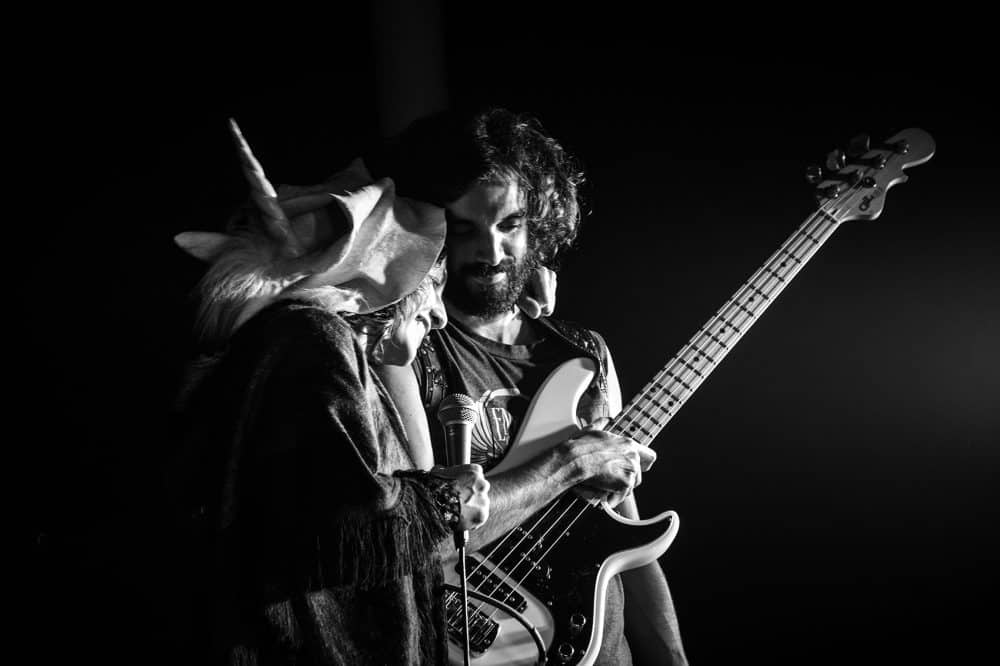
As El Steinvorth was growing, Costa Rica’s music scene did as well, with a wide variety of new musicians emerging. According to León, El Steinvorth’s experimental approach toward a more culturally active city played a crucial role.
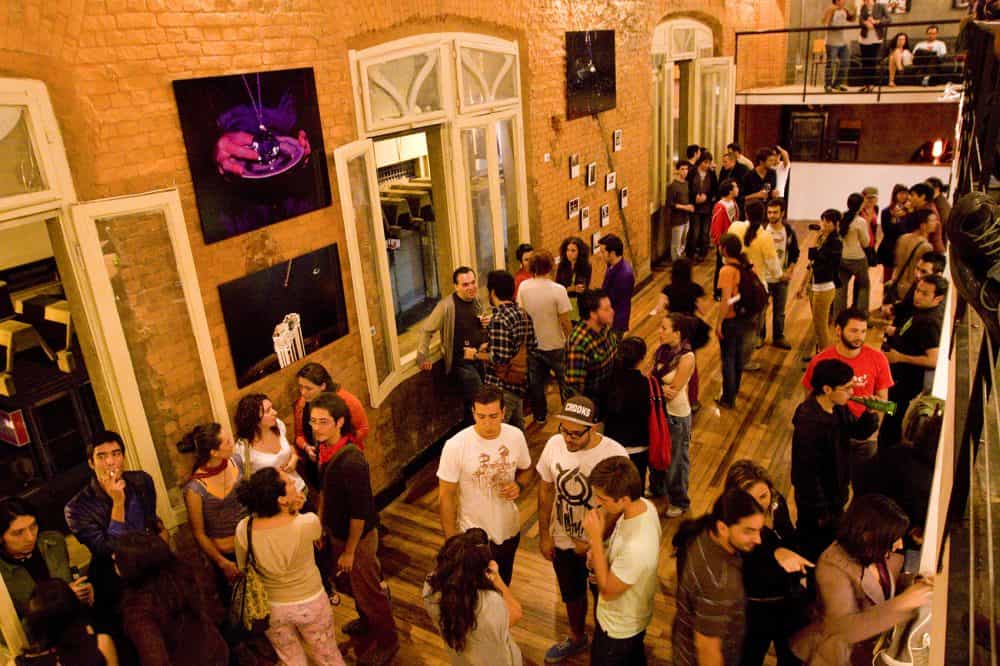
“Once [El Steinvorth took off], other bars and cafés noticed San José’s viability,” he said. “A lot of cafés and spaces begin appearing within San José’s old buildings, taking advantage of these buildings’ architecture. Also, once El Steinvorth appeared, a generation of this era’s most successful Costa Rican musicians was consolidated. Bands such as Monte, Zòpilot!, Niño Koi, Las Robertas… they’ve been part of a generation of musicians that anchored themselves at El Steinvorth. In terms of DJs, they launched DNCFLR and then gave a permanent spot to Jalamelule. They also had various options dedicated to specific genres such as House for Real and Back to my Rootz. They had a monthly spot for Huba&Silica. The past year they’ve also had Whitegirl and Y2K. Dino Real’s Krewe of Real began there and lasted for about a year at El Steinvorth.”
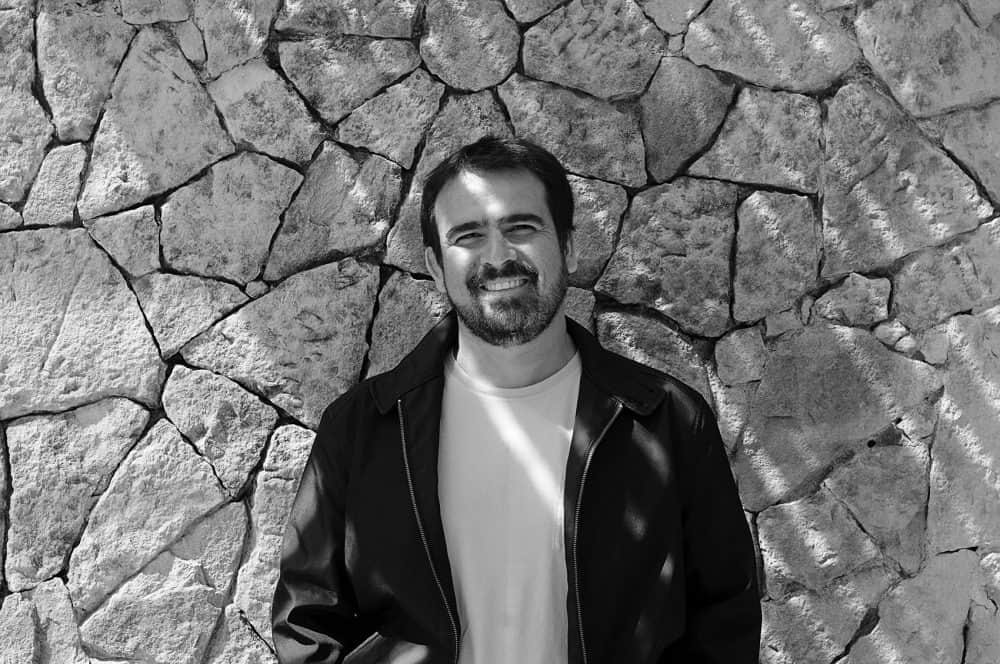
Paco Cervilla, a 38 year-old designer and co-founder of the International Design Festival (FID), says he has noticed an astounding change in San José in recent years, with El Steinvorth contributing to this change in mentality.
“A few years ago, independent cultural promoters who had significant influence within the San José scene began emerging: projects such as the Art City Tour, the FID, Chepecletas and El Steinvorth. El Steinvorth became a catalyst of the music scene in San José,” Cervilla told The Tico Times. “It generated a new musical wave with illustrious bands that have a very important repercussion both nationally and internationally… The bar also took into account two very important things: the rescue of architectural heritage and the idea of opening new ventures in non-traditional places.
“Julián’s aesthetic vision generated a different experience than what we were used to,” he added. “For the first time I felt that I was in San José, but in a real city. It’s the only place in which I can remember listening to the city’s sounds.”
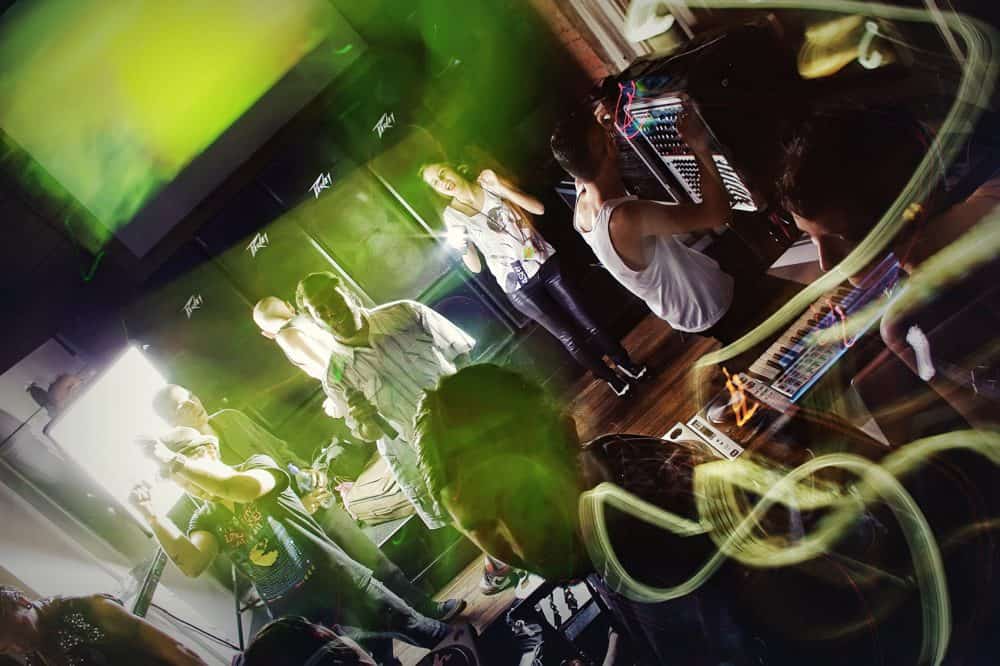
San José is going through a natural regeneration process that most cities around the world go through, and this is just the beginning of a great movement, according to Mora, who says he is closing the bar for personal reasons.
“The bar has served its purpose as a starting point, opening its path and generating the reaction that was needed,” he said.
Cervilla agrees. “The activation process has already begun. It’s a cyclical thing, and it happens in most of the cities. It’s inert for a while and it then explodes from an artistic point of view,” he said. “An interest is emerging, and investing in San José is becoming an option. It’s a natural process. Things that not even Costa Ricans know about will be recovered. It’s like a wardrobe or closet in which you have many drawers; you open them and find a treasure. There are many architectural gems, and El Steinvorth is a clear example of how a risky venture can turn into something successful.”
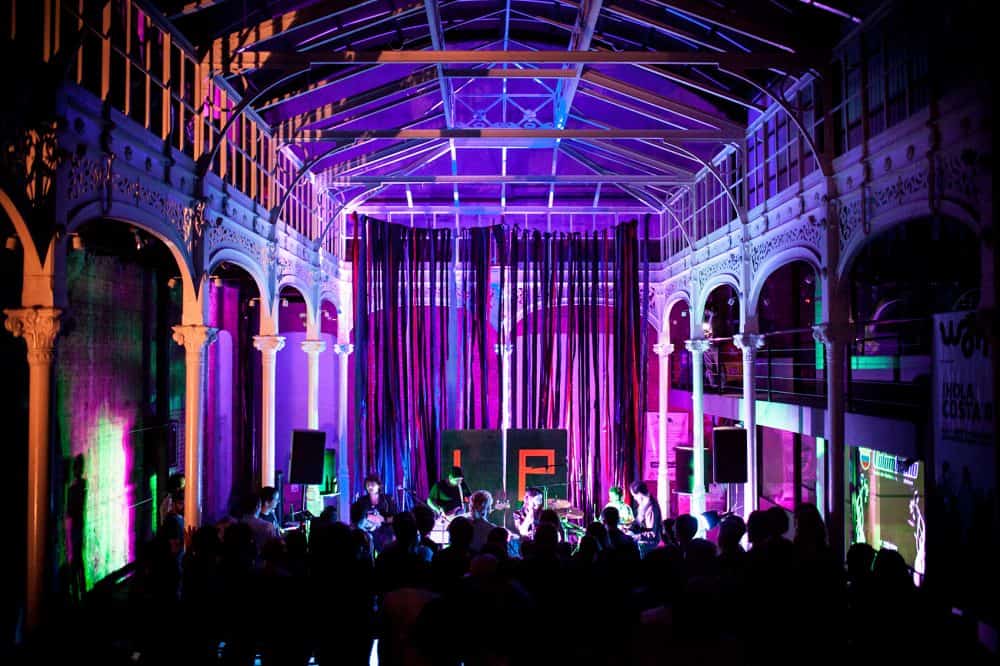
El Steinvorth Bar is closing on Sunday Dec. 20, but will be packed with activities up until that point. Celebrations during the past month have included Jalamelule, Raido, Whitegirl, and Patterns. Today, Dec. 12, is one of the bar’s last events featuring Monte, Alphabetics, Magpie Jay and Mumble Riot. On Saturday, Dec. 19, Las Robertas, Los Waldners, Ave Negra, Hijos, Karaoke Pánico, José Sáenz, Narwhal, Do Not, and DNCFLR will help say goodbye to an influential project that has contributed on a great scale to the city – to a San José that is regaining its strength, and slowly retrieving its beauty and essence.
Contact Elizabeth Lang at elang@ticotimes.net.









